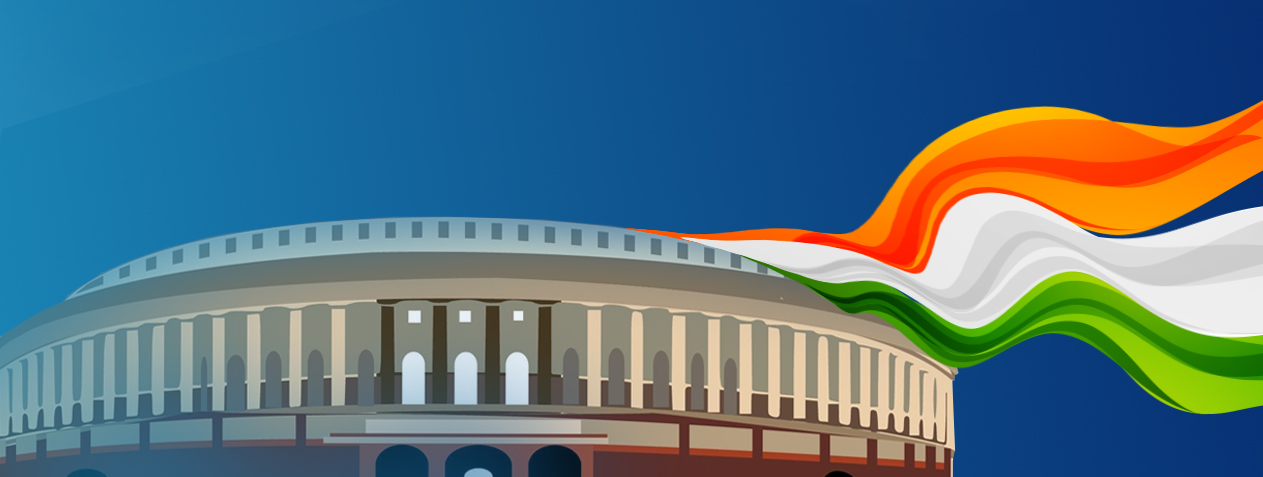London Interbank Offered Rate (LIBOR) - 18/05/2023
WHY IN NEWS?
Recently, the Reserve Bank of India (RBI) highlighted that certain banks and financial institutions in India have not fully completed the transition away from the LIBOR benchmark.
WHAT IS LIBOR?
• The London interbank offered rate (LIBOR) is a Benchmark Interest Rate at which major Global Banks lend to one another in the International Interbank Market for Short Term Loans.
• It is used as a benchmark to settle trades in futures, options, swaps and other derivative financial instruments in over-the-counter markets (participants engaging directly without using an exchange) and on exchanges globally.
• Further, consumer lending products including mortgages, credit cards and student loans, among others, too use it as a benchmark rate.
BACKGROUND OF LIBOR:
• Minos Zombanakis is credited with the creation of LIBOR.
• He was looking to come up with an interest rate for an $80 million loan from manufacturers Hanovr to the Iranian shah in 1969.
• Banks began to use LIBOR as an index.
• In 2014, administrative control of the LIBOR index was moved from the BBA to the ICE benchmark administration (IBA) group.
HOW IS LIBOR USED?
• Forward Rate Agreements: In these Agreements, a Bank Borrows money from another bank with the understanding that in the future, it will pay money back at a certain Interest rate.
• Commercial Loans: LIBOR served as the basis for the Interest rate on certain loans to Businesses.
• Consumer Borrowing: LIBOR was often the index for calculating New Interest Rates on things like Adjustable – Rate Mortgages (ARMs) and even some student loans.
ALTERNATIVES TO LIBOR?
LIBOR was once accepted globally, there are several other interest rates that are popularly followed across the globe.
• Europe has the European Interbank Offered Rate (EURIBOR)
• Japan has the Tokyo Interbank Offered Rate (TIBOR)
• China has Shanghai Interbank Offered Rate (SHIBOR)
• India has the Mumbai Interbank Offered Rate(MIBOR)
HOW IS LIBOR CALCULATED?
• Every weekday 18 large banks participate in LIBOR.
• The Bank individually submit figures for the interest rate at which each bank borrows money from the others.
• The BBA receives the rates, discards the highest and lowest ones, and then averages the remaining ones.
• The resulting figure is the LIBOR (there are actually multiple rates for different borrowing periods and currencies).
• LIBOR serves as a key factor in determining a wide range of interest rates paid by consumers and businesses, including for credit cards, student loans and some mortgages.
LIBOR’S REPLACEMENT:
• Across jurisdictions, regulators are promoting national currency – specific Alternative Reference Rates (ARRs).
• For US dollar – dominated loans and securities, the recommended new benchmark Secured Overnight Financing Rate (SOFR) is based on transaction in the US Treasury repurchase market, where banks and investors borrow or lend US treasury securities overnight.
• Australia, Europe and Japan are pursuing a multiple – rate approach to benchmarks with reformed reference rates that continue alongside ARRs.
LIBOR AND THE 2008 FINANCIAL CRISIS:
• The use and abuse of Credit Default Swaps (CDS) was one of the major drivers of the 2008 financial crisis.
• Interrelated financial companies insured risky mortgages and other questionable financial products using CDS.
• American international group (AIG) was the biggest player in the CDS disaster.
• Libor was only one of the many factors that created the Financial Industry Disasters 2008, but its key role in transmitting the crisis to all parts of the global economy has driven many nations to seek safer alternatives.
Reference:
• forbes.com
• investopedia.com
• quickenloans.com


